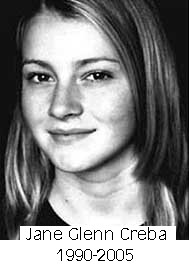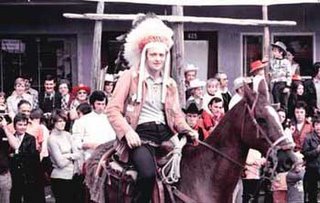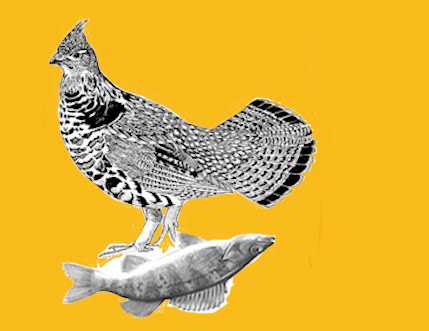
It is not all that surprising that in our milquetoast fair dominion the ugly and deadly Boxing Day gunplay in Toronto would prompt such a feckless reaction as Paul Martin’s. One might have hoped, what with his overdue promises about handgun control – promises made only when, for the first time in 17 months, he lacked the power to act upon them – in responding to the tragedy, Martin would have zeroed in on wiping up and out Toronto’s endemic street scum.
Instead what does he say? "I think more than anything else they (the shootings) demonstrate what are, in fact, the consequences of exclusion.” If only those otherwise sweet lads brandishing the Remingtons and Colts felt that the rest of us really loved them, they'd turn in their guns for frisbees, right?
Martin blubbered this out, of course, without knowing diddley about the identity and backgrounds of the perpetrators, how included or excluded this subhuman trash actually were or felt they were from Canadian society. Toronto already teems with publicly and privately funded programs on youth unemployment, the alienation and unemployment experienced by recent immigrants and their families, and a myriad of broader multi-culturalism and youth initiatives. But all Martin knows is (quoting the Globe and Mail), “... how young people in the city's violence-plagued Jane-Finch neighbourhood spoke to him about their sense of hopelessness and isolation." That cinches it, causally speaking, doesn't it? As if youth alienation isn’t ubiquitous in neighbourhoods and communities throughout Canada, the vast majority of which do not host and suffer violent gangbangers.
In this, Martin - never accused of having an original thought on his mind or lips - blindly spewed out the bilge that overflowed when those worthless hooligans terrorized Paris for three weeks earlier this fall. Punks who wanted nothing more than the fun of what Olivier
 Roy called playing “cowboy and Indians” with the cops, were elevated there too, to figures of existential Fanon-esque angst and disadvantage.
Roy called playing “cowboy and Indians” with the cops, were elevated there too, to figures of existential Fanon-esque angst and disadvantage. All this is nothing more than the widespread soft-focus and soft-headed sociology whereby criminals are implicitly and – in egregious instances as with Martin’s apologia for the Boxing Day bloodshed – even explicitly excused for their offenses.
The youth we should be caring about and protecting by coming down like a sledgehammer on young hoodlums, are ones like the late Jane Creba.
 If we want to talk about the system failing anyone, surely it is a 15-year old who, unlike her killers, was making something of her life, a life snuffed out by superfluous social rubbish on Yonge Street.
If we want to talk about the system failing anyone, surely it is a 15-year old who, unlike her killers, was making something of her life, a life snuffed out by superfluous social rubbish on Yonge Street. Consequences, friends, dire consequences – that is what the beast must have to curtail its vilest behaviours. The youth gangs of Toronto need not inclusivity, empathy and the like but to feel ultimate mortal terror of harsh consequences, something their lousy parents could never instill in them as they grew into the kind of twisted little fucks who'd run around shooting guns on a busy downtown street.
















